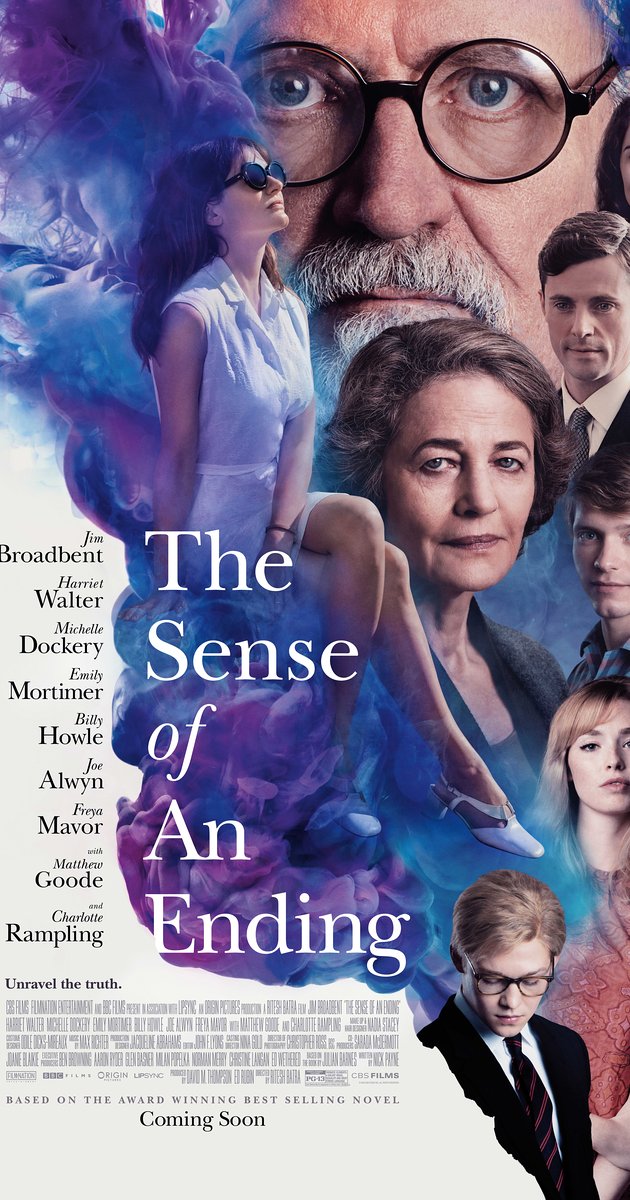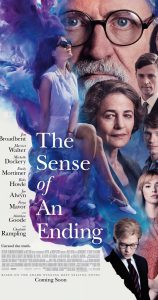Jon Manning is the director of Burlesque: Heart of the Glitter Tribe, an engaging and enlightening new film about modern-day burlesque performers who, as one of them says, combine “dancing, sexy, pretty, funny” in their performances. They have great passion for their work, their audience, and their fellow performers and they love what they do. Another one says in the film that when people tell her she will end up a spinster because of her burlesque lifestyle, she says, “I’m going to be a spinster that was a showgirl so I’m okay with it.” The film is in limited release March 3, 2017 and on VOD/Itunes March 7, 2017.
In an interview, Manning talked about what he saw and what he learned.
What makes someone a great burlesque performer?
You might want to ask a performer that question but here goes – a great burlesque performer is one that takes seriously their artform, their performance, their costume, their music, their family of performers, their audience – in the playful presentation of a sexy, sometimes funny 5 minutes of performance art. For, generally, almost no money.
These are the 98% of burlesque performers around the country that are bank tellers, graphic artists and chefs during the day.
This is not relative to (and this film is not about) the small handful of international performers such as Dita Von Tease that create big extravagant Las Vegas style shows, and have major international sponsors.
What goes into the song selection? What makes a song right for burlesque?
I have found that usually bsq performers select a piece of music that is very specific to the routine they are doing – either bc of it’s irony, specific singer or that they are exploring in their performance.
Our film explores “neo-burlesque” which is generally different than “classic” often in the types and styles of music the performers choose.
How does a burlesque performer develop her or his on-stage persona?
It’s usually an outgrowth from an aspect of their own personality. They then begin to see what works on-stage with the audience and slowly they begin to create their own persona that is unique and different than other performers.
Are burlesque performers competitive with each other? Do they enjoy watching each other perform?
I can’t speak to whether or not they are competitive with each other. As dancers and performers I image that they are. We looked very closely at one troupe that works intimately with each other in their chosen burlesque family.
My experience is that they love to watch other dancers/performers – especially if those other performers are at the top of their game!
Some of the performers in the film have always been outgoing and enjoyed being on stage. Others were originally shy and found the freedom to perform very liberating. How does that affect their acts and their relationship to the audience?
No doubt that their fears or assets are front and center in their comfort on-stage. Remember that these dancers are also actors for those few minutes on stage – with narrative and persona being adapted to their routine. So there may be a lot to overcome in who they actually are to what they want to be on-stage.
This is why most bsq performers find it empowering to be on-stage and getting immediate feedback from their audiences.
Who is the audience for burlesque? Is it different from the audience for strip shows?
Everyone can enjoy a burlesque show! A strip club usually has a completely different vibe and intention of from the audience. My experience of a strip club is that it is also very carnal and mostly attended by men. Bsq is kind of the opposite. The sexual aspect is usually done with a lot of fun and tease and usually only at the very end of the performance and my shows I have ever attended are at least 50% women in the audience.
In an era where everything is available online, what is it that brings the audience to a burlesque show?
People are realizing that life is bigger than their phones. There is a whole vibe and excitement at a bsq show. You have to be in the audience to feel it. You can also usually talk with the performers afterward a show.
So many of the performers have day jobs and other commitments. Why is burlesque so important to them?
Love of performance, empowerment, chosen family. Did I mention that is was a bawdy and raucus good time?!


